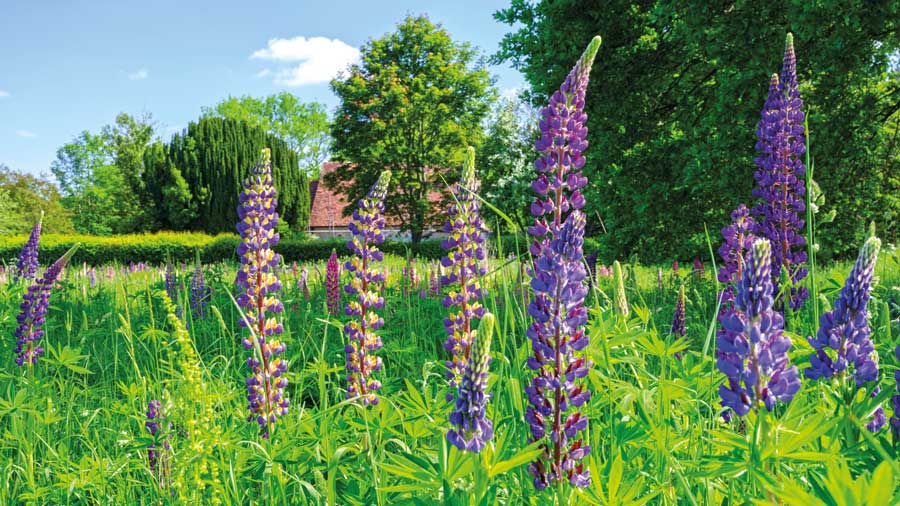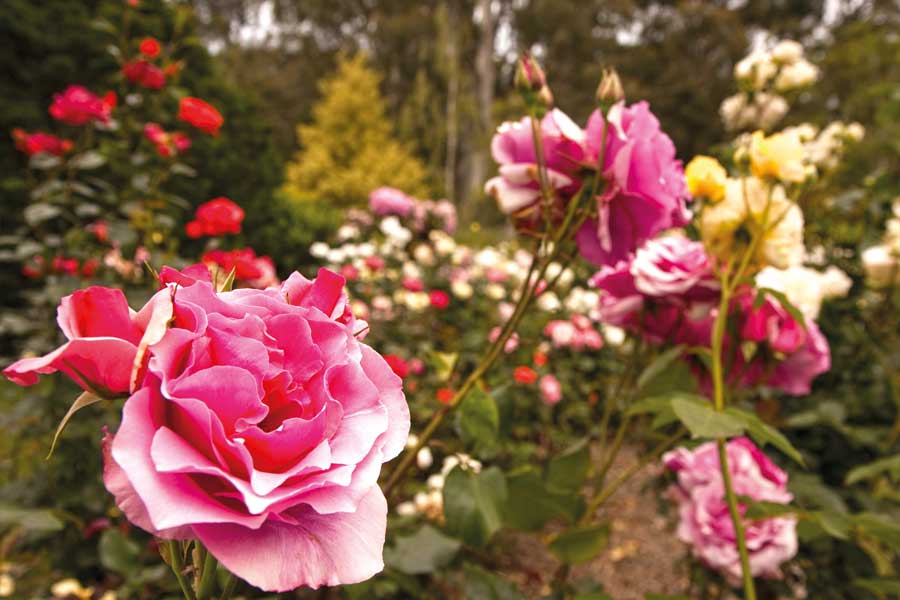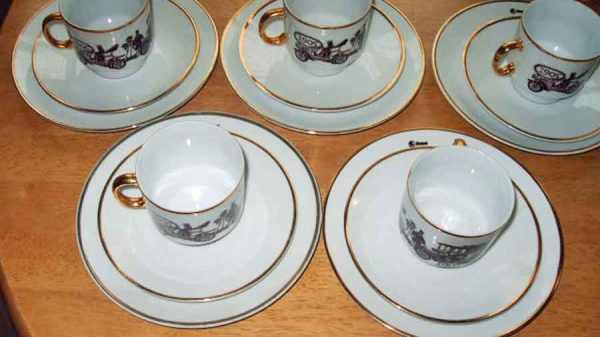The challenge for many gardeners is mastering the skill of having something of interest every month of the year and ideally, it should be in flower too. June is a tricky month, especially for those who grow seasonal bedding, Spring bedding is gone and Summer bedding has just been planted and not showing its best display yet. So the June gap can be a challenge unless you have planted early summer flowering bulbs such as Alliums, or herbaceous perennials such as Lupins. Both these will fill a gap whilst your summer bedding catches up.

June is a critical month for soft fruit, many of which have flowered with, in most cases evidence of small green fruit, some the size of a pin head but non the less there. As the fruit develops it is essential that the soil doesn’t dry out. We have several water butts and at this time of year the soft fruit takes priority. If it is particularly dry I will resort to the hosepipe, providing there are no restrictions of course. Soft fruit is swelling and needs a constant supply of moisture otherwise you can find that the small fruit don’t develop and those that do don’t taste as good. I also feed the soft fruit with a general fertiliser such as Blood, Fish and Bone, or a liquid seaweed feed, which can be applied as a foliar feed but choose a day when it is a little cloudy otherwise you might scorch the leaves.
Fortunately we have quite a healthy bird population who help with the control of most of the aphid, but if you are troubled with them, a light spray of water to dislodge them works to some degree, there are organic sprays based on plant extracts or soft soap which are quite effective and fairly readily available. Gooseberry sawfly lava can be a problem, but there is a nematode biological control available, which is sprayed on the plants at first sign of the pest, although for some reason Gooseberries don’t seem that popular.

Many of our garden roses are in full swing with amazing displays and in many cases a beautiful scent, it is mainly a case of removing faded flowers and monthly feeding to prolong the display. There is an additional job to do on your climbing roses, new shoots will be emerging from the base of the plant some of which will provide a replacement for some of the older branches you will prune out later in the year. These shoots are soft and easily damaged so carefully tie them in to the framework or trellis. It can be a little tricky trying to find space and avoid damaging them but time spent sorting out a few well placed shoots is time well spent.
If you find that there are shoots emerging from below ground that have a completely different leaf and colour, they are probably suckers. They can emerge from a root or just below the point where the rose has been grafted. The best way to remove them is to pull them so they tare off the root, cutting them with secatures will leave a short stem that will re grow with several shoot.
Climbing Roses and Clematis are great partners and seem to compliment each other, they re also quite happy together, the rose providing a framework to scramble up and shade for the roots. Taking cuttings from Clematis can be a challenge, but you can propagate by layering them. And now is the right time of year to do that. Select a shoot that is lower down and about 30- 45cm (12 -18 inches) long, (longer is fine just a little tricky to handle). Gently bend the stem down and where it comfortably touches the soil scrape out a little hollow. ideally you need a pair of buds that you can peg down (using a piece of bent wire )into this hollow and cover over with the soil, press firmly and leave for about twelve months. You could bury a clay pot filled with compost and peg the stem down into that, burying the stem about 5cm (2 inches) below the surface. Put a short cane or stick next to the shoot that emerges from the buried portion and tie with garden twine. This will help encourage root formation. by late autumn the layre should have rooted and you can sever it from the parent plant, and move it to another spot in the garden.
Happy gardening
Martin
Next month, (pruning wisteria, harvesting herbs, feeding to extend displays).







